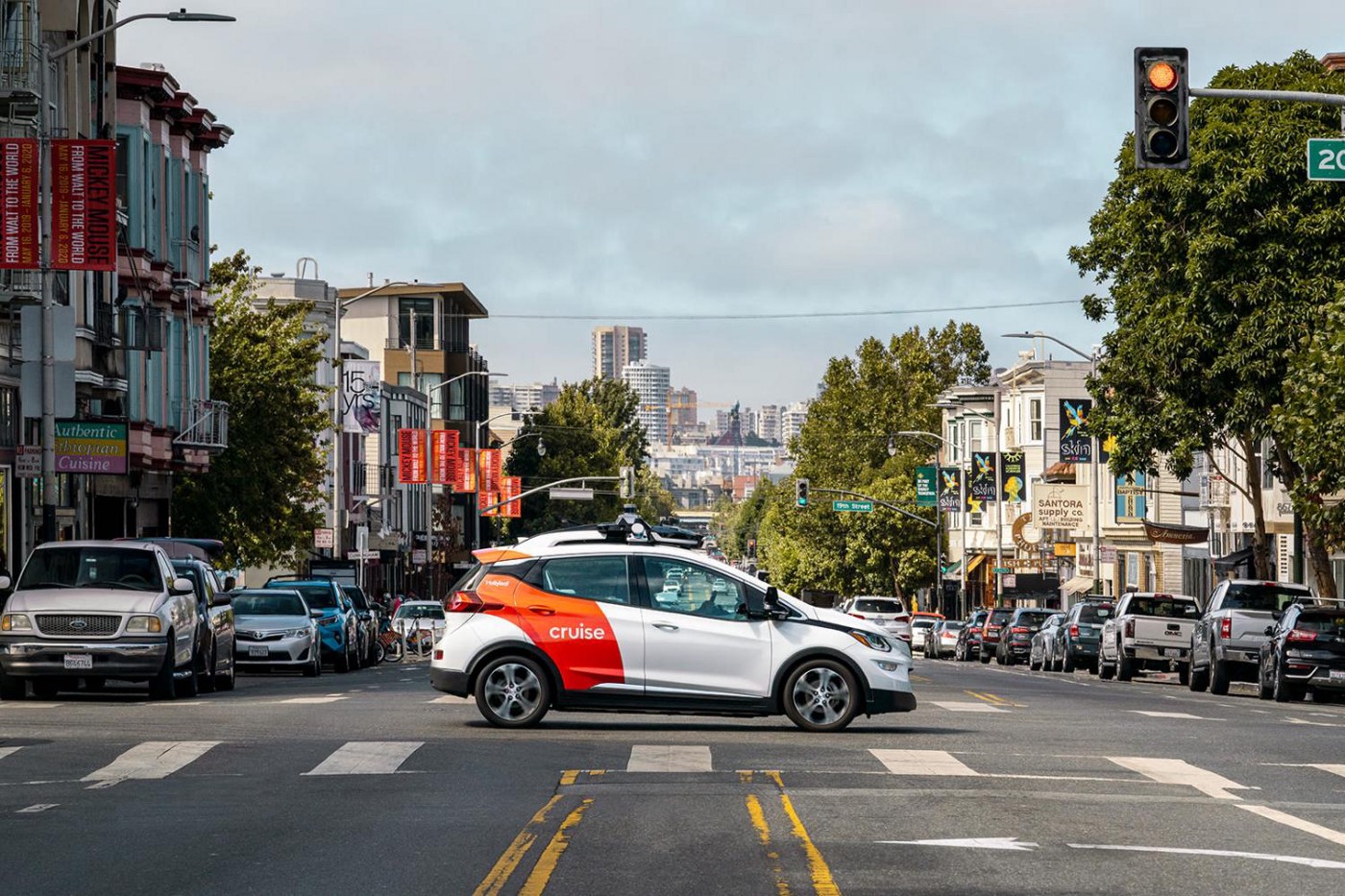We Can’t Afford to Sell Out on AI Ethics
Today, we use AI with the expectation that it will make us better than we are — faster, more efficient, more competitive, more accurate. Businesses in nearly every industry apply artificial intelligence tools to achieve goals that we would, only a decade or two ago, derided as moonshot dreams. But even as we incorporate AI into our decision-making processes, we can never forget that even as it magnifies our capabilities, so too can it plainly show our flaws.
“Like all technologies before it, artificial intelligence will reflect the values of its creators. So inclusivity matters — from who designs it to who sits on the company boards and which ethical perspectives are included,” AI researcher Kate Crawford once wrote for the New York Times. “Otherwise, we risk constructing machine intelligence that mirrors a narrow and privileged vision of society, with it sold, familiar biases and stereotypes.”
The need for greater inclusivity and ethics-centric research in AI development is well-established — which is why it was so shocking to read about Google’s seemingly senseless firing of AI ethicist Timnit Gebru.
For years, Gebru has been an influential voice in AI research and inclusivity. She cofounded the Black in AI affinity group and speaks as an advocate for diversity in the tech industry. In 2018, she co-wrote an oft-cited investigation into how gender bias influenced Google’s Image Search results. The team Gebru built at Google encompassed several notable researchers and was one of the most diverse working in the AI sector.
“I can’t imagine anybody else who would be safer than me.” Gebru shared in an interview with the Washington Post. “I was super visible. I’m well known in the research community, but also the regulatory space. I have a lot of grass-roots support — and this is what happened.”
So what, exactly, happened?
In November of 2020, Gebru and her team concluded a research paper that examined the potential risks inherent to large language-processing models, which can be used to discern basic meaning from text and, in some cases, create new and convincing copy.
Gebru and her team found three major areas of concern. The first was environmental; relying on large language models could lead to a significant increase of energy consumption and, by extension, our carbon footprint.
The second related to unintended bias; because large language models require massive amounts of data mined from the Internet, “racist, sexist, and otherwise abusive language” could accidentally be included during the training process. Lastly, Gebru’s team pointed out that as large language models become more adept at mimicking language, they could be used to manufacture dangerously convincing misinformation online.
The paper was exhaustively cited and peer-reviewed by over thirty large-language-model experts, bias researchers, critics, and model users. So it came as a shock when Gebru’s team received instructions from HR to either retract the paper or remove the researchers’ names from the submission. Gebru addressed the feedback and asked for an explanation on why retraction was necessary. She received no response other than vague, anonymous feedback and further instructions to retract the paper. Again, Gebru addressed the feedback — but to no avail. She was informed that she had a week to rescind her work.
The back and forth was exhausting for Gebru, who had spent months struggling to improve diversity and advocate for the underrepresented at Google. (Only 1.9 percent of Google’s employee base are Black women.) To be silenced while furthering research on AI ethics and the potential consequences of bias in machine learning felt deeply ironic.
Frustrated, she sent an email detailing her experience to an internal listserv, Google Brain Women and Allies. Shortly thereafter, she was dismissed from Google for “conduct not befitting a Google Manager. Amid the fall out, Google AI head Jeff Dean claimed that the paper “didn’t meet our bar for publication” and “ignored too much relevant research” that undermined the risks she outlined — a shocking accusation, given its breadth of research.
To Gebru, Google’s reaction felt like corporate censorship.
“[Jeff’s email] talks about how our research [paper on large language models] had gaps, it was missing some literature,” she told MIT’s Technology Review. “[The email doesn’t] sound like they’re talking to people who are experts in their area. This is not peer review. This is not reviewer #2 telling you, ‘Hey, there’s this missing citation.’ This is a group of people, who we don’t know, who are high up because they’ve been at Google for a long time, who, for some unknown reason and process that I’ve never seen ever, were given the power to shut down this research.”
“You’re not going to have papers that make the company happy all the time and don’t point out problems,” Gebru concluded in another interview for Wired. “That’s antithetical to what it means to be that kind of researcher.”
We know that diversity and research is crucial to the development of truly effective and unbiased AI technologies. In this context, firing Gebru — a Black, female researcher with extensive accolades for her work in AI ethics — for doing her job is senseless. There can be no other option but to view Google’s actions as corporate censorship.
For context — in 2018, Google developed BERT, a large language model, and used it to improve its search result queries. Last year, the company made headlines by creating large-language techniques that would allow them to train a 1.6-trillion-parameter model four times as quickly as previously possible. Large language models offer a lucrative avenue of exploration for Google; having them questioned by an in-house research team could be embarrassing at best, and limiting at worst.
In an ideal world, Google would have incorporated Gebru’s research findings into its actions and sought ways to mitigate the risks she identified. Instead, they attempted to compel her to revise her document to include cherry-picked “positive” research and downplay her findings. Think about that for a moment — that kind of interference is roughly analogous to a pharmaceutical company asking researchers to fudge the statistics on a new drug’s side effects. Such intervention is not only unethical; it leads to the possibility of real harm.
Then, when that interference failed, Google leadership worked to silence and discredit Gebru. As one writer for Wired concludes, that decision proves that “however sincere a company like Google’s promises may seem — corporate-funded research can never be divorced from the realities of power, and the flows of revenue and capital.”
Gebru is an undeniably strong person, an authority in her field with a robust support network. She had the force of personality to stand her ground against Google. But what if someone who wasn’t quite as well-respected, supported, and brave stood in her position? How much valuable research could be quashed due to corporate politicking? It’s a frightening thought.
The Gebru fallout tells us in no uncertain terms that we need to give real consideration to how much editorial control tech companies should have over research, even if they employ the researchers who produce it. If left unchecked, corporate censorship could stand to usher in the worst iteration of AI: one that writs large our biases, harms the already-underserved, and dismisses fairness in favor of profit.
This article was originally published on BeingHuman.ai









